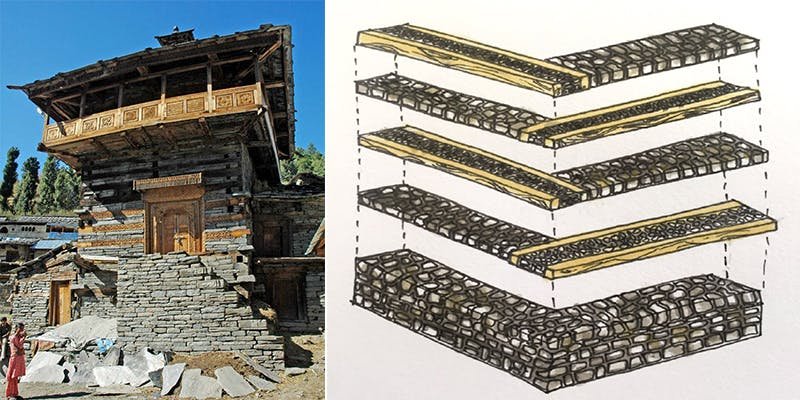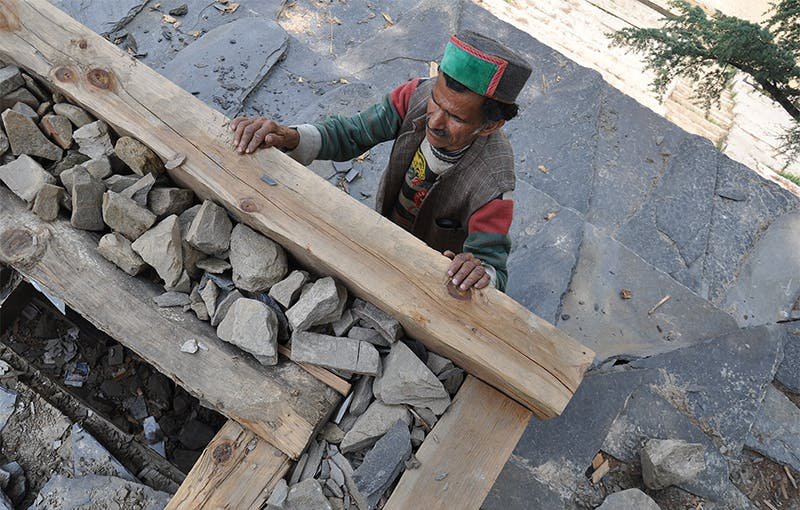On February 6, a devastating 7.8 magnitude earthquake devastated Turkey and Syria, killing about 50,000 people, the majority of whom buried under debris. The tragedy adds to a decades-long pattern of massive death and damage caused by previous earthquakes: the 1999 Izmit earthquake in Istanbul killed at least 17,000 people, and the 2001 Gujarat earthquake in India killed up to 20,000.
The direct cause of the human tragedy was the structures people were in, the majority of which were built using reinforced cement concrete, a very rapid and inexpensive building technology.

Earthquakes don’t have to be so deadly, say scholars who study this issue. Many traditional buildings have stood the test of time in regions that have endured high seismic activity for centuries.
Many constructions built in the kath kuni style have survived at least a century of earthquakes in Himachal Pradesh, India, near where the Indian Plate collides with the Eurasian Plate. The name of this ancient building approach, which translates to “wood corner,” defines the method in part: Wood is interlaced with layers of stone, resulting in unusually strong multi-story structures.

Kath kuni structures are often built along the natural curves of the hills and derive their trademark corners from enormous deodar cedars, which may grow up to 150 feet tall and 9 feet broad in the Himalayas. These wooden beams are layered between dried stones to form walls. A single wooden “nail” connects the beams where they meet.
The buildings stand free of any mortar or metal, which makes them more capable of shifting and flexing along with torques in the ground. This brilliance of mobility even continues underground.The gravitational force of the structure itself holds the stones in place.

Despite decades of obvious proof of the integrity of these ancient structures, people are increasingly turning to reinforced concrete construction. The onus is now on practicing architects and researchers to persuade government agencies to support the traditional construction system, which could help contain destruction the next time an earthquake rocks the region, which is only a matter of time as the geologic plates continue to collide.
Reference- Nautilus, National Geographic, Gülkan, P. & Langenbach, R. The earthquake resistance of timber and masonry dwellings in Turkey. 13th World Conference on Earthquakes Engineering (2004).






